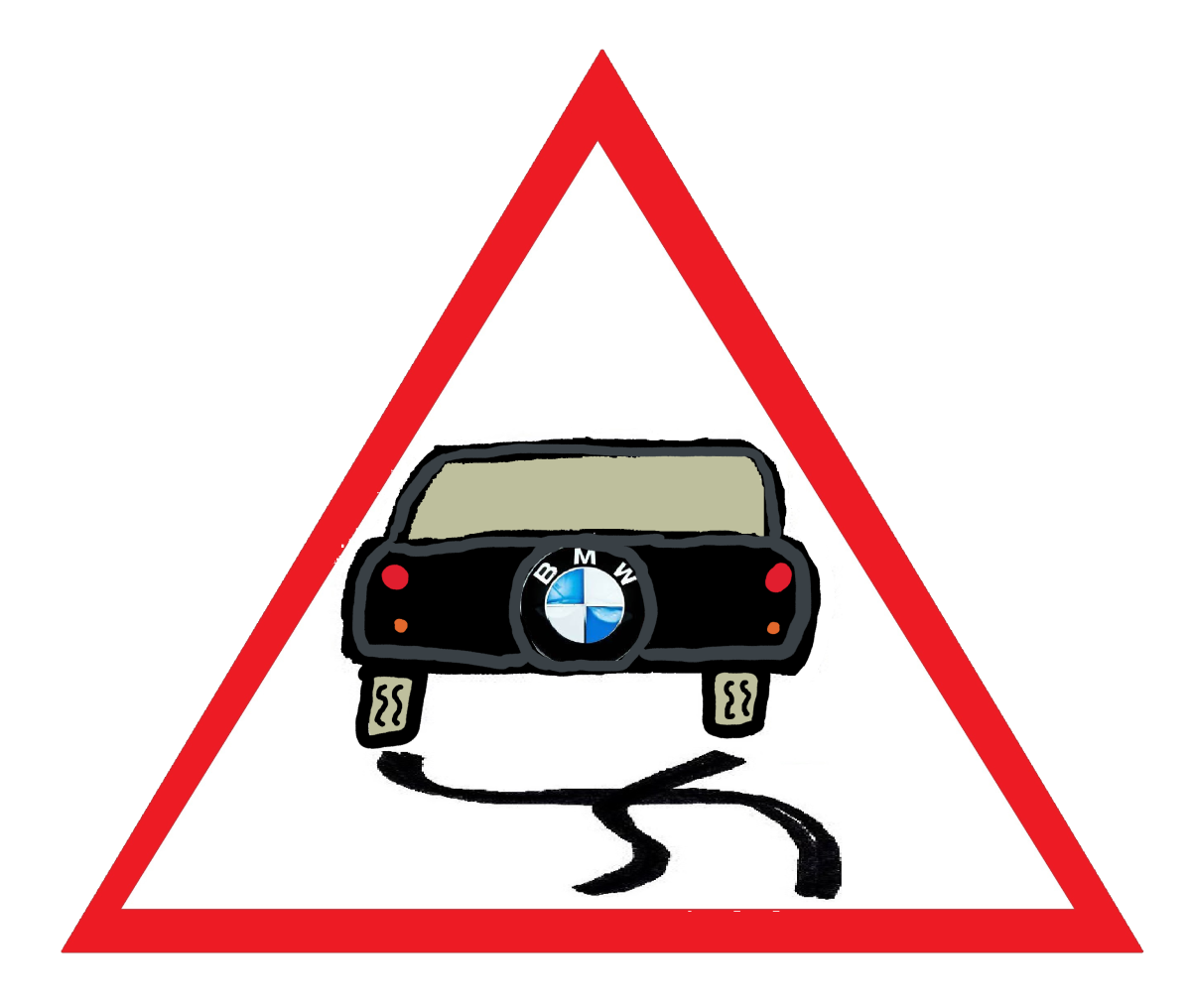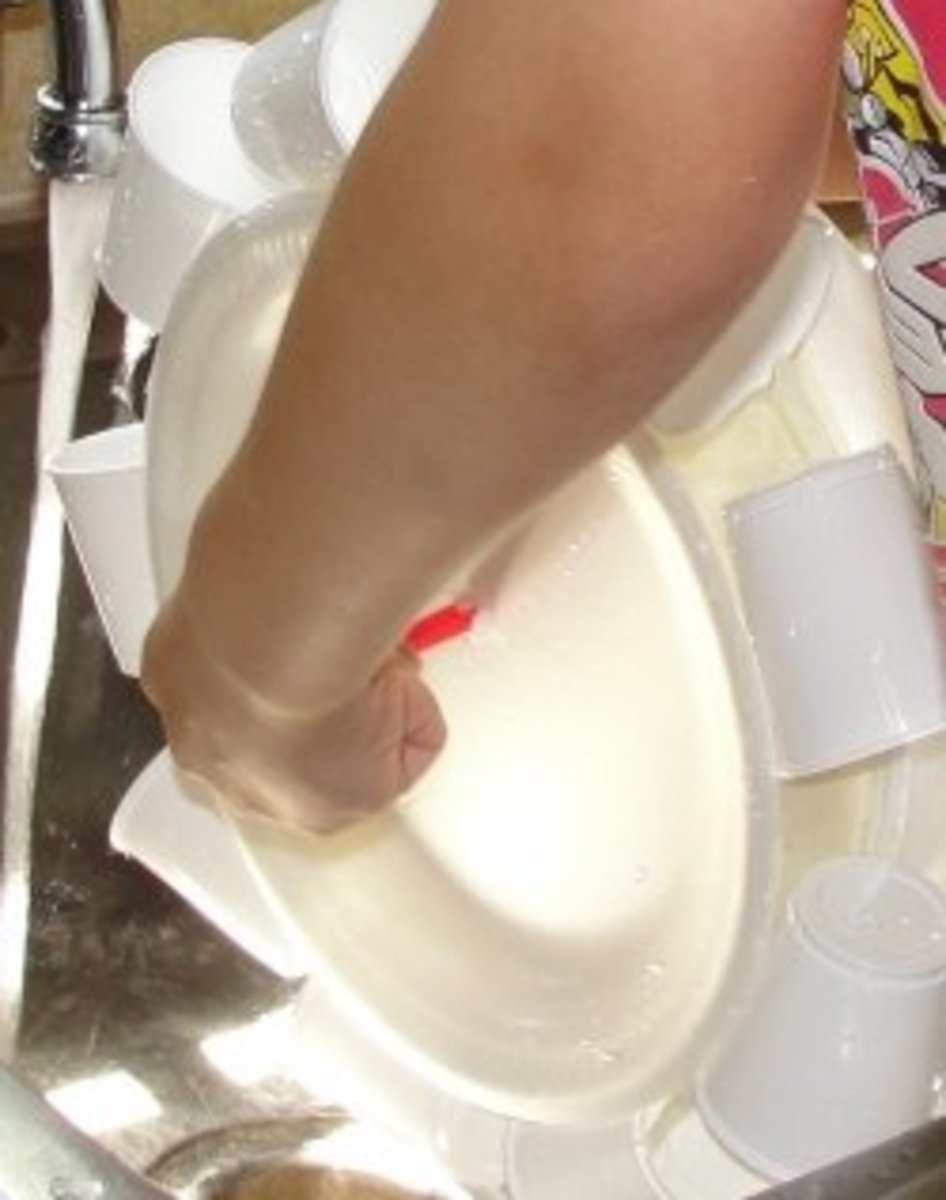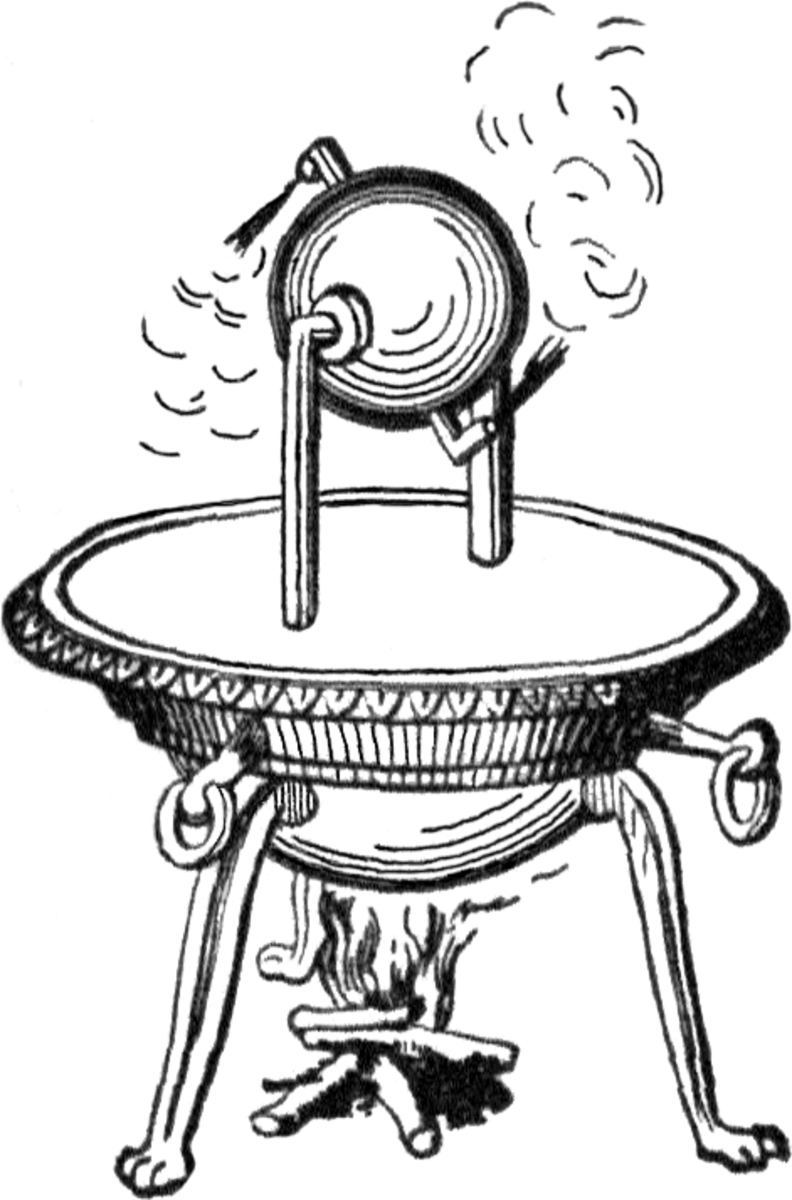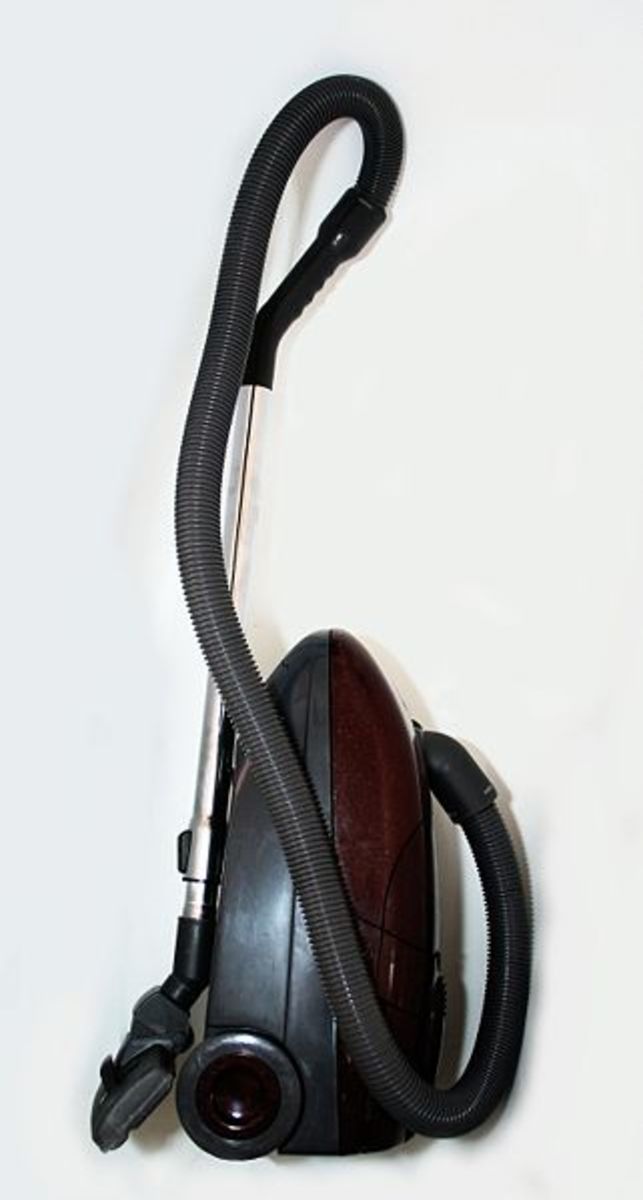Water Wheels
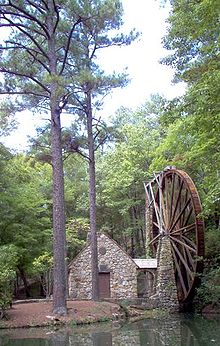
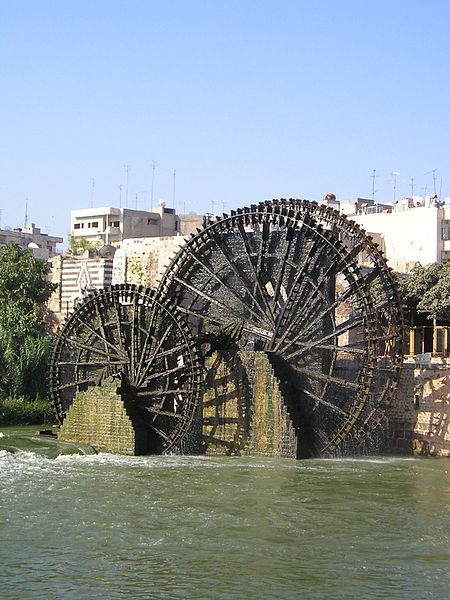
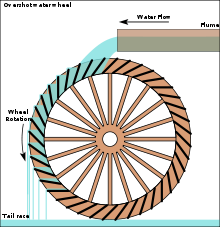
The water wheel has been around for a very long time. It is a machine that converts the energy of falling or free-flowing water into effective forms of power. Water wheels can come in two basic designs. It can either have a horizontal or a vertical axle. Though some water wheels are still being used commercially today, it is not common. They are mostly seen in landscape design and more recently are being considered as an alternative power and energy source.
History
The first reference to the water wheel was made by Vitruvius, a Roman engineer in the Augustan Age (31 BC - 14 AD). He described an undershot water wheel in a treatise he wrote about Roman engineering. One of the most ambitious uses of the water wheel by the Romans was at Barbegal near Arles in southern France. In the 4th Century AD, they ran a large flour mill which employed 16 water wheels.
Several Greek papyri from the 3rd to 2nd century BC make reference to water wheels but very little detail is given. It is also thought that the ancient Greeks used water wheels for watermilling as well as using geared water wheels to pour sea water from elevated positions over trapped Romans during the Alexandrian War.
In ancient China, water power was a vital source of energy and was employed in several ways. One of the most interesting was the use of the waterwheel for iron casting. Engineer and inventor, Tu Shih, designed a water-powered reciprocator for the purpose of casting iron agricultural implements. The use of rushing water was used to operate the billows of smelters and casters. Waterwheels were a critical power supply in ancient China and were also used for grinding grain.
Medieval Europe soon followed with its growing expansion and a shortage of manual labor. There was an abundance of good sites for water wheels and grain was an important crop. Most of it was ground by water mills. But the cutting edge of hydro-power for agriculture in that time can be claimed by the order of the Cistercian monks. A typical monastary was usually built over a millrace (artificial stream) which not only provided power for milling, olive crushing and forging but for bathing, cooking and sewage disposal. Theirs were the best organized factories in the world.
Types of Water Wheels -
There are three basic types of water wheels. Each has its own advantages and disadvantages. They are the horizontal waterwheel, the undershot vertical waterwheel and the overshot vertical waterwheel. These remained remarkably stable through the mid-1700"s when turbines began replacing them.
Horizontal Waterwheel - Confusingly, this is the only waterwheel that rotates around a vertical axle. Also known as a tub wheel or Norse mill, it is usually mounted below the working floor of a mill building. A stream of water is directed onto the waterwheel's paddles making them turn. The water is released through the center beneath the wheel. The horizontal waterwheel is the most primitive form of the modern turbine.
Undershot Waterwheel - The undershot wheel is a vertically mounted waterwheel that is turned by water striking blades or paddles. It is also called a stream wheel since it is most suited for use in shallow streams. They generate less power than other waterwheels and were usually used in flat country. The undershot wheel is thought to be the oldest type of waterwheel.
Overshot Vertical Waterwheel - The overshot waterwheel is a gravity wheel. It gains momentum from the weight of the water falling onto the wheel's buckets and blades. It does not require a rapid flow because it uses all the water the buckets collect. While the undershot wheel only uses 22% of the energy derived from the flow of water, the overshot wheel uses 63%. Power is derived by the wheel's physical size and available head. Because of this it is most effective in mountainous areas.
Modern Day Usage -
Research is ongoing around the world about how the concept of the old-fashioned waterwheel can be used as an alternative energy and power source. Researchers are working on low-cost technology that could exploit suitable low head hydro sites as a means of obtaining renewable energy. Some have succeeded on a smaller scale and individuals have much to gain by exploring the use of hydro-power in their own environment. Anyone with access to free flowing water can use an alternator set-up and batteries to generate electricity for their homes. YouTube offers many do-it-yourself videos. Most small scale waterwheels do no damage to the environment and they are becoming a popular energy source alternative particularly in remote areas where other power sources are not available.
Waterwheels are also a great garden and architectural feature. The combination of movement, soothing water and rhythmic sound can make your backyard a primary place to relax. There are various plans available on the Internet and waterwheels are available in all sizes. Waterwheels can bring an old-fashioned feel to your landscape design.
Please check out some of my other historical Hubs -
http://suziecat7.hubpages.com/hub/The-Lost-Art-Of-Tatting
http://suziecat7.hubpages.com/hub/Little-America-Antarctica


